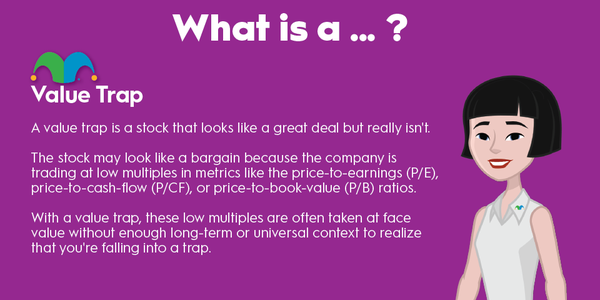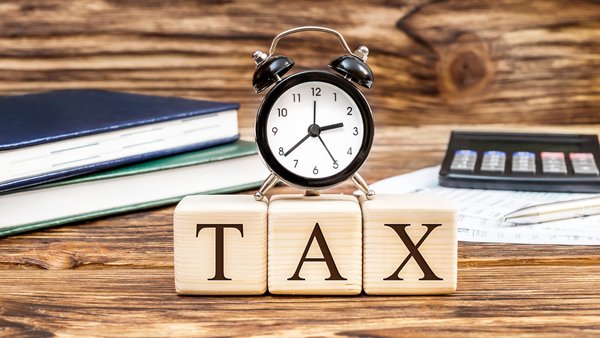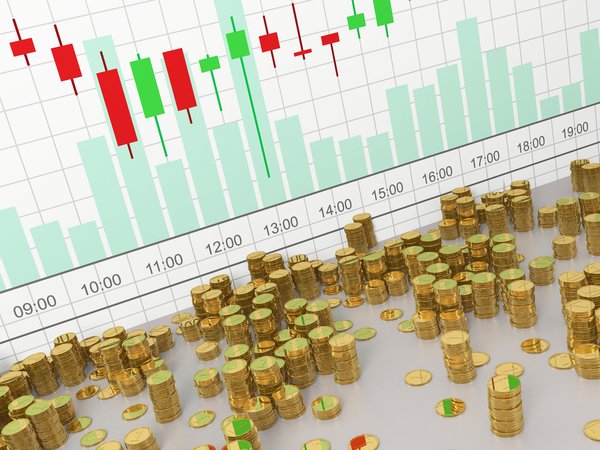The volume-weighted average price (VWAP) measures a stock's average price during a time period, adjusted for volume. The metric is important for technical analysis and corporate transactions and gives insight into a stock's trend and value.

What is it?
What is volume-weighted average price (VWAP)?
A stock's volume-weighted average price (VWAP) is its average price during a trading day, adjusted for volume. It's similar to a moving average used in technical analysis. However, it gives more weight to larger trades and provides a more even view of a stock's price during a trading day.
The VWAP formula is: VWAP = Typical price x Volume / Cumulative volume
Instead of calculating all the trades made during the day, VWAP uses the typical price in the period. The formula for typical price is: (High price + Low price + Closing price) / 3
Why is it important?
Why is volume-weighted average price (VWAP) important?
The volume-weighted average price (VWAP) helps provide insight into a security's pricing trend and value. Combining price with volume can provide a truer average price for a stock. That makes it a better gauge of its value than the closing price, which might be skewed by a lack of volume.
Many stock traders use VWAP to determine intraday pricing trends to decide when to buy or sell a security. Institutional investors will also use VWAP when making a high-volume trade. They'll aim to buy or sell a security near its VWAP to move a heavy volume in a series of trades without having a big impact on the stock price since it aligns with demand.
VWAP is also an important metric used in corporate transactions because it shows an unaffected price over a period of trading days. For example, companies will also use VWAP when completing an accelerated share repurchase (ASR) program. In addition, when noting a premium offered on an acquisition, an acquiring entity will often cite the VWAP of their target's stock price over the past 20 or 30 trading days. Finally, other corporate transactions will use VWAP to determine the trigger price of an earnout provision, which is common in a merger agreement with a special purpose acquisition company (SPAC).
How to use VWAP
How to use volume-weighted average price (VWAP)
VWAP is typically used to determine the demand for a security. Short-term stock traders will use a stock's VWAP trend to see if money is moving into or out of a security. If the stock's current price doesn't reflect its VWAP, that could indicate an opportunity for a trade.
VWAP can also be a helpful metric for investors with a long-term mindset because of its importance in corporate transactions. For example, it helps companies more accurately reflect the premium they're offering on an acquisition compared to its recent trading price, which might have moved based on rumors or speculation that a deal was forthcoming.
It can also help prevent any manipulation of a stock-based earnout. By basing the earnout or warrant redemption on a stock's VWAP, it ensures that a security has genuinely reached the specified price to trigger the action.
Related Investing Topics
Examples
Examples of VWAP in action
Long-term investors typically see VWAP mentioned in merger agreements or when a company authorizes an ASR. For example, in 2022, Guess (GES -1.21%) entered into an ASR agreement to repurchase $175 million of its stock. Under the agreement, the company paid $175 million for its shares. Guess noted in a press release that it would determine the final number of shares repurchased based on the VWAP of its share price during the term of the ASR.
In another example, Public Storage (PSA -0.86%) offered to acquire rival self-storage REIT Life Storage (NYSE:LSI) in an all-stock deal valued at $11 billion. Public Storage noted that the exchange ratio represented a 19% premium to the 20-day trailing VWAP of both companies' stocks.









